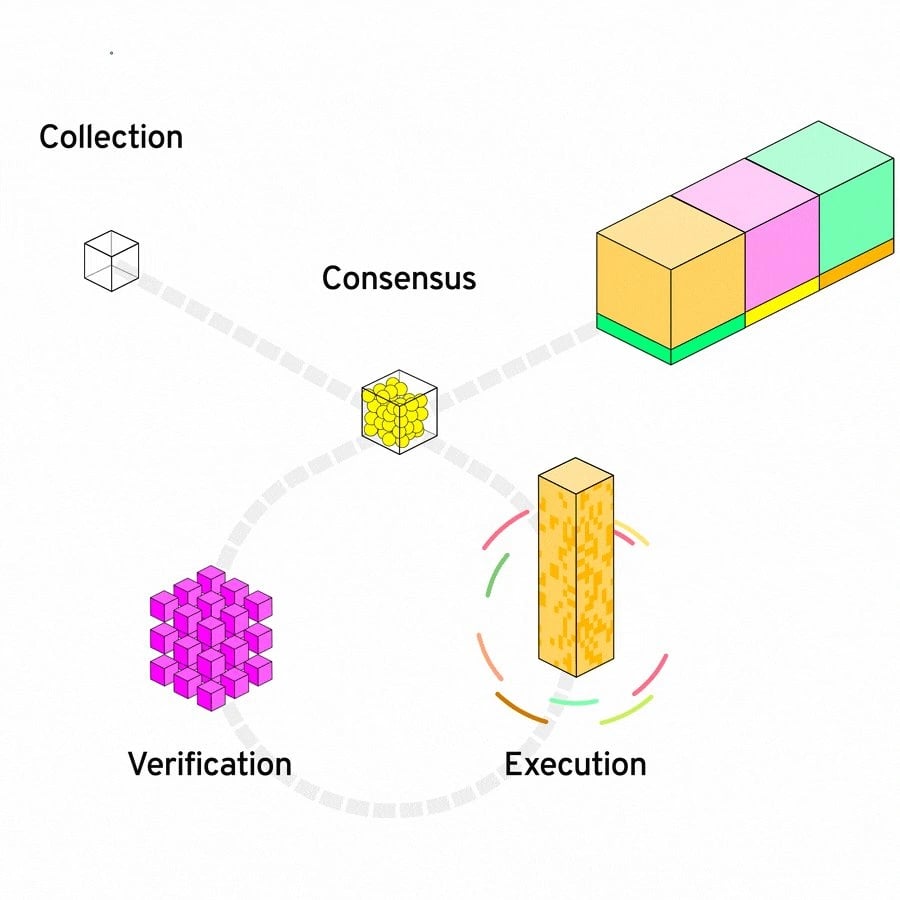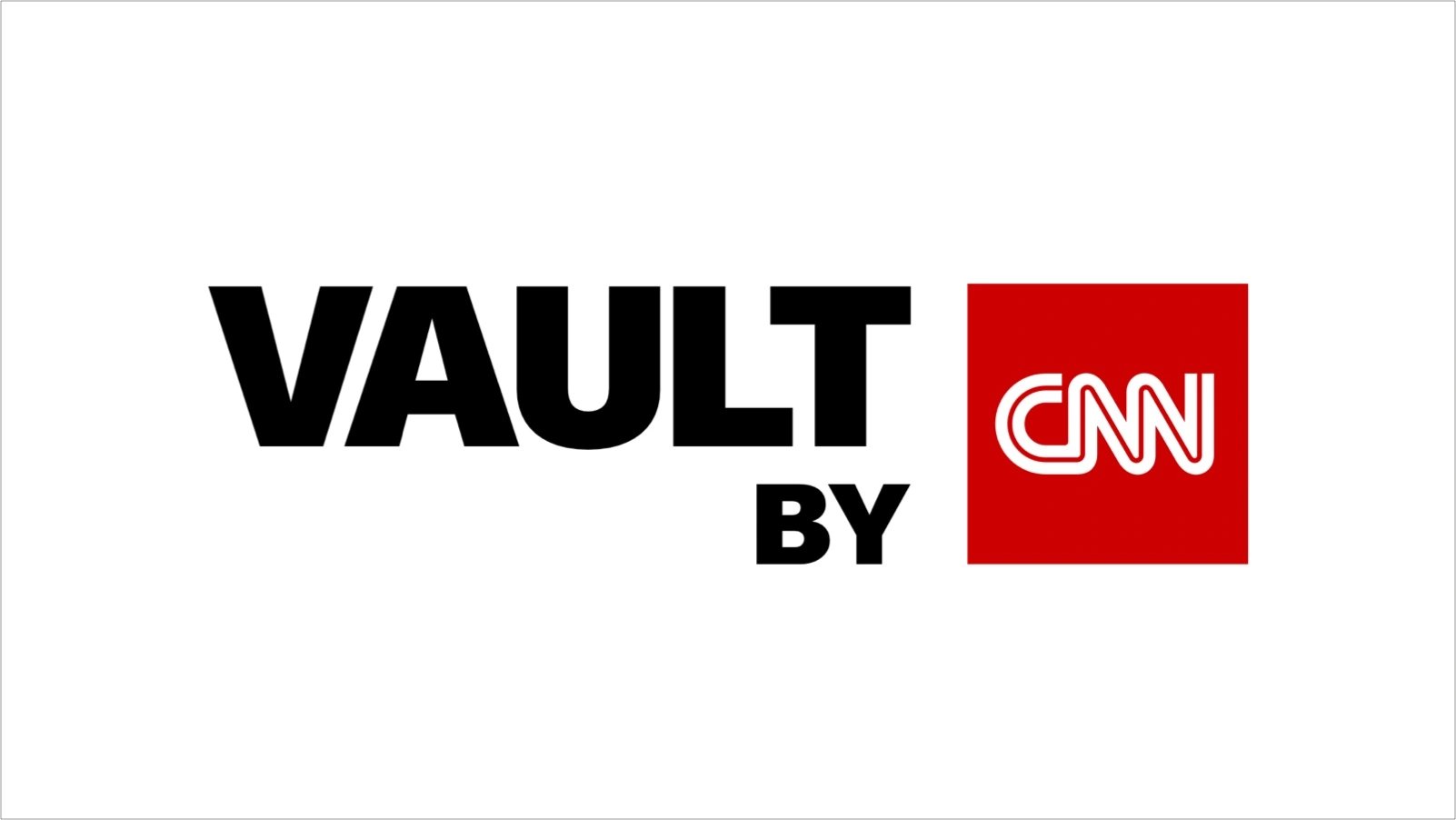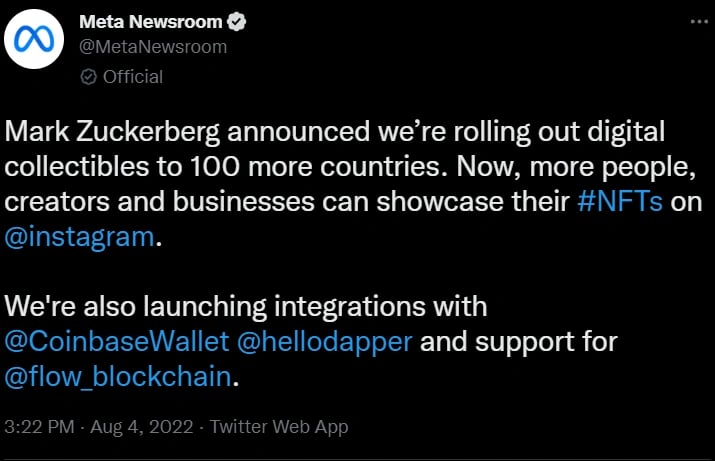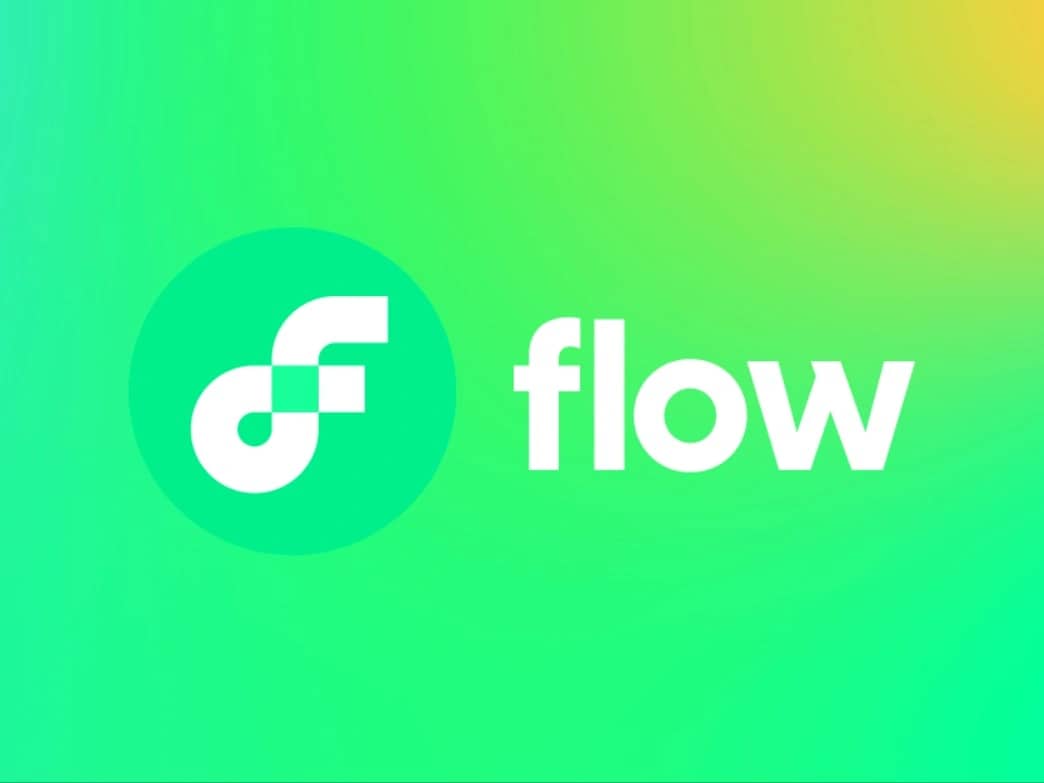Subscribe to wiki
Share wiki
Bookmark
Flow
The Agent Tokenization Platform (ATP):Build autonomous agents with the Agent Development Kit (ADK)
Flow
Flow is a decentralized, layer 1 blockchain created by Dapper Labs, the company behind CryptoKitties. Flow is a blockchain primarily designed as a foundation for Dapps, NFTs and games, as well as their native cryptocurrency, FLOW. [13]
Overview
Flow is a permissionless network that combines Byzantine Fault Tolerant (BFT) consensus algorithms with proof-of-stake (PoS) to achieve high security and efficiency. The blockchain is designed to overcome the throughput limitations of traditional PoS blockchains by decoupling the selection and ordering of transactions from their execution. [14]
Flow launched in 2020, with their user-friendly development environment tool called, Flow Playground, which allows developers to experiment with smart contracts and Dapps. It was created after Dapper Labs’ CryptoKitties surged in popularity in 2017, which clogged the Ethereum network, sparking the idea of creating their own blockchain. [12]
Infrastructure
The infrastructure of the Flow blockchain is designed to improve throughput by employing a pipelined structure, which allows for the generation of the next block while the current block is being executed. This approach is different from conventional blockchains that use a single-cycle processing architecture. The Flow blockchain also recognizes the heterogeneity of nodes and assigns specific tasks to each node based on its capabilities. There are four different roles assigned to nodes, including Collector Nodes, Consensus Nodes, Execution Nodes, and Verification Nodes. [15]
The functions of each node type include:
- Collection nodes improve network connectivity and data availability, making dApps more efficient.
- Consensus nodes control the flow and order of transactions.
- Execution nodes manage each transaction’s computation and enhance speed.
- Verification nodes double-check to ensure the execution nodes’ computations are accurate. [7]

Each node receives compensation through crypto-economic incentives. The separation of consensus and execution is based on the separation of subjective and objective operations. The separation ensures that even a few data centers may run the Execution Nodes, but their computation results are deterministic, verifiable, attributable, punishable, and recoverable, which does not compromise the decentralization of the system. [15]
Key nodes
The Flow architecture is designed based on the principle of separation of concerns, where the network has two specialized roles: Consensus Nodes and Execution Nodes. The differentiation between these two node types is based on the distinction between objective and subjective tasks. Objective tasks are those that have an objectively correct answer, while subjective tasks do not have a deterministic solution. In traditional blockchain architectures, nodes are required to solve both types of problems simultaneously. However, in Flow, Consensus Nodes are responsible for solving subjective questions, while Execution Nodes handle objective problems. [16][17]
Consensus nodes
Consensus Nodes are tasked with maintaining and extending the core Flow blockchain by forming blocks from transaction data digests. The acceptance of a proposed block requires a Byzantine-Fault-Tolerant (BFT) consensus algorithm, and Consensus Nodes do not need to maintain the computational state or execute transactions. They also adjudicate slashing requests from other nodes, such as claims that an Execution Node has produced incorrect outputs. [17]
Execution nodes
Execution Nodes provide the raw computational power needed to determine the result of transactions when executed in the order determined by the Consensus Nodes. They produce cryptographic attestations in the form of Execution Receipts, which can be used to challenge the claims of an Execution Node when they are shown to be incorrect. Execution Nodes are responsible for creating proofs of the current state of the blockchain once they are known to be correct. The verification process of Byzantine Receipts, by which invalid receipts are rejected, and valid receipts are accepted, is outside the scope of this paper and will be addressed in future work. [17]
Principles
To ensure security against Byzantine failures and attacks, the Flow blockchain has four core architectural principles. These principles ensure that faults are detectable, attributable, punishable, and recoverable. The architecture guarantees that honest nodes in the network can detect deterministic faults and prove them to other honest nodes. Additionally, tasks in Flow are assigned randomly to a group of nodes based on verifiable random functions. Any fault detected is attributable to the responsible node(s) of the associated task, and nodes are punished by having their stake slashed when a fault is detected. The Flow protocol also includes specific elements for result verification and resolution of potential challenges, acting as countermeasures against malicious nodes attempting to inject faults into the system. The probability of successfully injecting such faults is negligible. [17]
History
Flow x UFC
On February 26th, 2020, Flow announced the partnership with the mixed martial arts organization UFC to create crypto-backed digital assets and a blockchain game called UFC on Flow. The game will offer unique or limited edition items for collectors to buy or win, with digital assets trading on an open marketplace. The partnership is designed to create a unique crypto-enabled experience for MMA fans worldwide, with the UFC's passionate fanbase. They currently have a platform called UFC Strike that allows the buying, selling, and trading of their NFTs which consist of starter packs; moments, clips of top finishes in the UFC; and HypeNFTs, which are clips of iconic moments or sayings in the UFC. [18][19]
NBA Top Shot
On October 1st, 2020, NBA TopShot, a NFT marketplace for purchasing, selling, and trading clips from the NBA, powered by Dapper Labs launched on the Flow blockchain. The game allows users to collect multi-media "moments" of varying scarcity that represent significant highlights in basketball history. The limited edition tokens feature videos and statistics depicting an event, such as a buzzer-beater shot, and users can unlock extremely rare tokens by completing particular sets of tokens showcasing related moments. [23][24]
Vault by CNN
On June 16th, 2021, CNN announced the launch of "Vault by CNN" an NFT collection featuring moments from the news network's 41-year history, on the Flow blockchain. The collection is unique as it allows purchases to be made using fiat currency, with potential buyers required to create a digital wallet account with Blocto and pay for the NFTs using credit cards via Stripe. [20][21]

“The distribution will be either FLOW tokens or stablecoins deposited into each collector’s wallet. We are currently working out the details, but expect the distribution amount to be roughly 20% of the original mint price for each Vault NFT owned.”
Flow Token’s Instagram-Related Buzz

In August 2022, Meta announced via a tweet that in addition to rolling out digital collectibles to more countries, enabling users to showcase their NFTs on Instagram, the platform would support Flow Blockchain. The announcement led to the FLOW token experiencing buying pressure, surging above 35%. [10][11]
See something wrong?
The Agent Tokenization Platform (ATP):Build autonomous agents with the Agent Development Kit (ADK)
